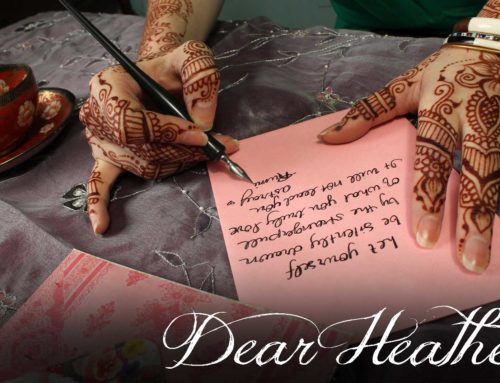This summer, I’ve been getting a lot of requests for Aztec henna patterns. At first, I was wondering if they wanted me to draw Quetzalcoatl and awesome stuff like that – because I’d be totally down! But what it turns out that what teens and twenty-somethings mean when they request “Aztec” designs is a sort of general spin on “tribal” that is influenced in part by last year’s Berber design influence trend (which they didn’t really recognize that that’s what it was) with a lot more diamonds, triangles, and straight lines. It looks like maybe it comes from Navajo blankets, more than Aztec design, to my eye. One person who requested the look, when I pressed her on what she actually meant, said “you know, that southwestern looking stuff”.
I’ve been doing quite a bit of Google searching to try to get to the bottom of where the notion that this stuff is Aztec is coming from. Basically, Google has failed me, though, in this case…and for that reason, I feel compelled to write this up myself.
The most popular article about the current trend for “Aztec” patterns in clothing is actually from Malaysia. As with most people wearing the so-called Aztec prints and requesting these designs, they make some vague reference to the culture of central Mexico, but that’s about it.
I studied Mayan art and culture for a semester as an anthropology student, and while that doesn’t make me an expert, I did have to get a bit savvy about recognizing similarties and (mostly) differences between Mayan and Aztec art at that time. And based on my memories, there is really very, very little that the currently trendy “Aztec” prints have to do with actual Aztec art. I hate to go all absolutist and say “nothing”, but it’s tempting.
Since no clever archaeologist or art historian seems to have taken up the torch of defending the art of the Aztec people against this trend (and if they have, they are NOT at all winning in the Google search results game), I feel the need to school ya’ll a bit myself. Just in case you’re looking.
Here are some links so you can learn more about actual Aztec art:
The Metropolitan Museum of Art’s Aztec collection
Aztec Art by Dr. Esther Pasztory
The Ancient History Encyclopedia
Thank goodness the fake “Aztec” stuff does not seem to have taken over important Aztec-related Google image searches – not yet anyway. There is indeed some early evidence of encroachment upon that search term, with one stripey pattern in watercolor coming up on the first page. And, if you search for Aztec print or Aztec pattern, you are definitely presented mostly with the stripey / diamond-ful / triangle-y brightly colored patterns that are trending in clothing in the USA (and apparently Malaysia, and probably elsewhere) in the summer of 2015.
All of that said, as an artist of the people, who does what people request and ultimately just wants to make people happy, I’m going to study up on these “Aztec” patterns as well. I’m going to put some examples in the Trendy Mehndi 2015 ebook when it comes out. But I’m also going to draw up some actual designs that are more legitimately based on Aztec art, with a clearer connection back to the source material, so that provenance and meaning don’t get completely lost.
All that said, when I did this backpiece when the wearer requested “something Aztec – like a dreamcatcher, and sort of a moon and sun”… she was absolutely thrilled. So in terms of understanding what people mean when they are asking for “Aztec” – I believe I’ve successfully hacked it. Go for mostly diamonds, straight lines, chevrons, and triangles. Make it super geometric and very symmetrical. You might want have some of those sorts of things in your festival design book right next to stuff you’ve drawn based on real Aztec art, and kindly (not snarkily!) point out the differences. Perhaps put some stuff based on Navajo blankets in there too – so they can realize that’s really what they actually want a lot more. If fashion media has told people all season that something is “Aztec” – it’s not the fault of the individual people who like the aesthetic and request it in the way it’s been introduced to them. But as someone who knows a little better after reading this, here’s hoping you can also guide and enlighten them 🙂




